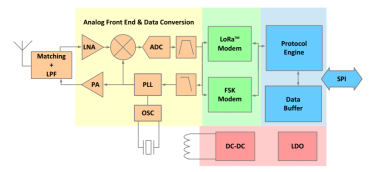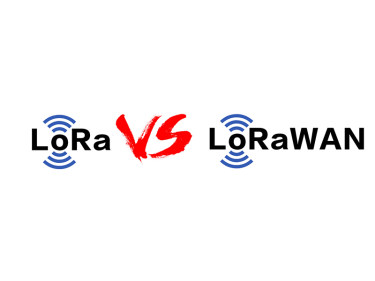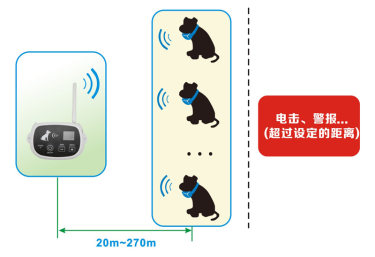DIP switch definition of SK509 wireless switch module
SK509 is a high-power industrial-grade remote wireless four-way switch control module that can be coded and launched by NiceRF Wireless. It provides four-channel signal input and four-channel control output interface, which has the characteristics of simple interface and reliable work. The user can also use the friendly interface of the host computer software to configure and modify the relevant parameters of the module in a wireless manner. The DIP switch on the module can change the working frequency (16 groups optional), working mode, etc. of the wireless module, which makes the use of the module very flexible and convenient. However, many customers reported that they would not use the DIP switch on the SK509 module. This article summarizes the DIP switches on the NiceRF wireless module, hoping to help the majority of users.
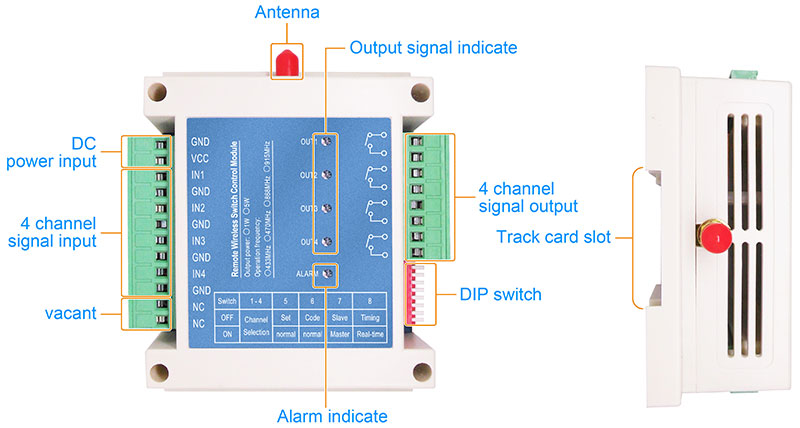
(SK509 wireless switch module)
DIP1~4:
DIP switch 1-4 is the working frequency channel selection, a total of 16 groups (default factory channel interval 0.5M), the frequency value can be reconfigured through the PC. The corresponding relationship between the status of the DIP switch and the working frequency channel set by the PC is as follows:

Note: The positions of the DIP switches 1-4 between multiple modules must be the same, otherwise the communication cannot be successful.
DIP5:
ON-When the DIP 5 switch is closed, it is the normal communication working mode. OFF—When the DIP 5 switch is open, it is the configuration parameter mode, as shown in the figure:
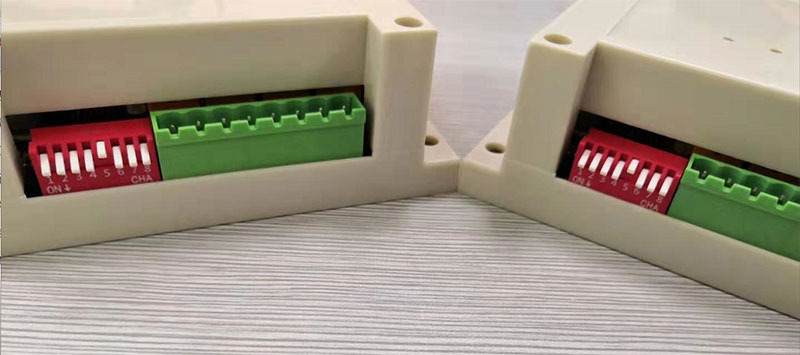
(Turn on configuration mode)
DIP6:
DIP switch 6 is the code matching mode, this mode allows the real-time mode master channel to match the slave channel, and the channel after the code can be controlled. In the code matching mode, both modules must be DIP6 to perform the code matching, otherwise the code matching cannot be successful. As shown in the figure:
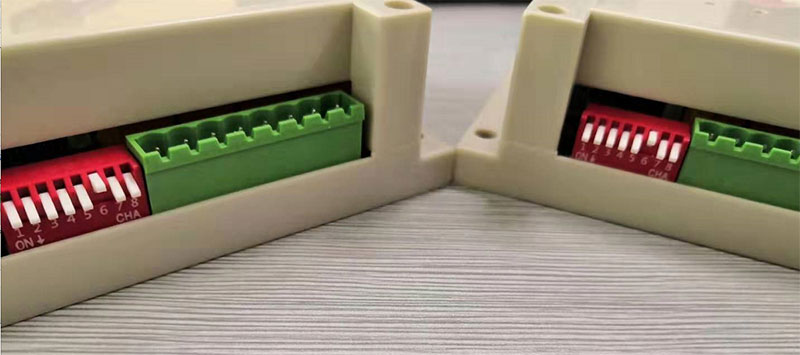
(Turn on code matching mode)
Remarks: When configuring code matching, it can be configured under power off. However, when powering on, the slave is powered on first, and then the master is powered on, then the configuration can be successful. After each reset and power on, the status of the DIP switch will be checked. If the DIP7 and DIP8 status of the DIP7 and DIP8 detected by the module is different from the status of the last power-on, the previous code-matching channel will be cancelled and the user needs to re-code the code.
DIP7:
DIP switch 7 is used to set the master-slave mode, the master can only set one, and the slave can set multiple. DIP7 is the master when closed, and the slave is opened. As shown in the figure:

(Master-slave mode settings)
Remarks: Many customers find that the alarm light is always on when they are in use. Most of them are because the master-slave mode is not set, so the module cannot communicate, and the alarm light will always be on.
DIP8:
DIP switch 8 is the communication working mode selection, when it is closed, it is the immediate working mode, when it is open, it is the timing mode, and the timing time can be set through the PC software. As shown in the figure:
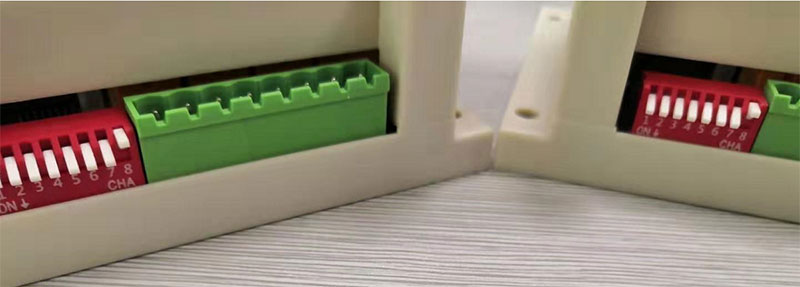
(Turn on timer mode)
If we modify one of the eight DIP switches, it will take effect only after the power is turned on again. Please pay attention to this point.
 +86-755-23080616
+86-755-23080616
 sales@nicerf.com
sales@nicerf.com
Website: https://www.nicerf.com/
Address: 309-314, 3/F, Bldg A, Hongdu business building, Zone 43, Baoan Dist, Shenzhen, China


 English
English





